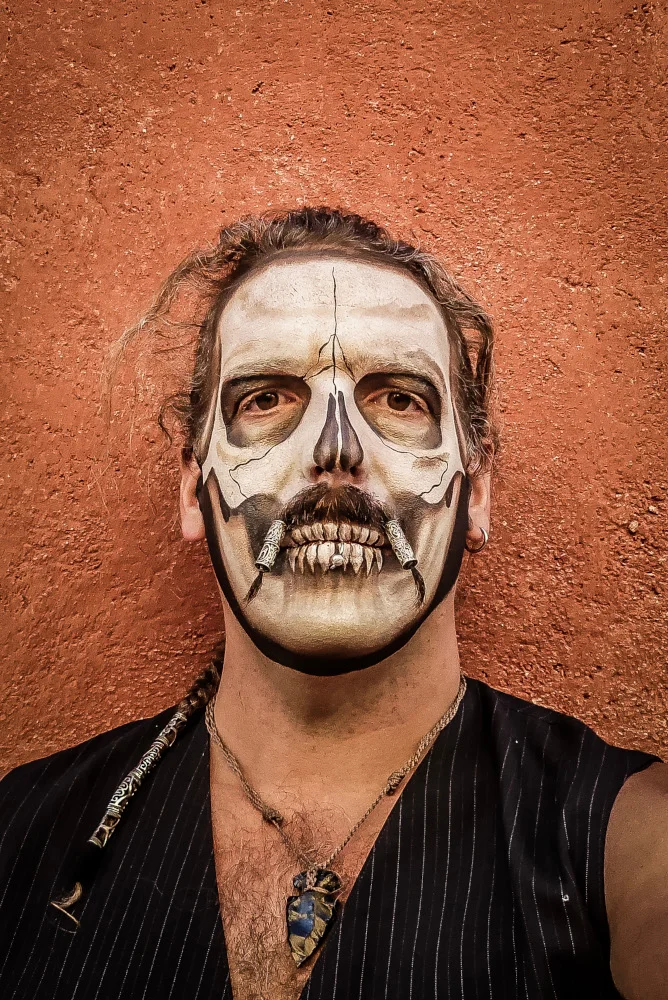Sven Delaye, a digital nomad and videogames translator, has been traveling around the world for nine years. Throughout his journey, he always enjoyed capturing moments of life, but everything changed in early 2020: for a long time, he kept his street photography private, convinced it wouldn't interest others. In 2020, he submitted some landscape photos for the cover of a Guatemalan magazine. These photos were declined. However, the publisher explored his Instagram account and discovered the sole street photo he had shared. That single image was selected for the magazine's cover. Encouraged by this recognition, Sven began sharing his street photography, which quickly gained international acclaim in countries such as the USA, Mexico, Italy, the UK, Greece, France, and South Korea.
For several years now, Sven has dedicated himself to street photography. Through his travels, it became a way to capture fleeting moments of everyday life, rediscover the poetry hidden in the mundane, and avoid the artificial clichés often propagated by social media. His inspiration comes from the simplicity of daily life: a stranger passing by, a fleeting glance, the curve of a smile, or the beauty of a quiet scene at a street corner. Sven finds poetry in unexpected places—a gutter, a park, or the shadow of a feeling in a small gesture. He believes this beauty surrounds us constantly, yet it often goes unnoticed. Whether it's because people choose to ignore it or have grown desensitized to it, he doesn’t know. What he does know is that his camera allows him to capture these overlooked moments and reveal the richness of life to those willing to see.
Awarded Photographer of the Week - Week 03